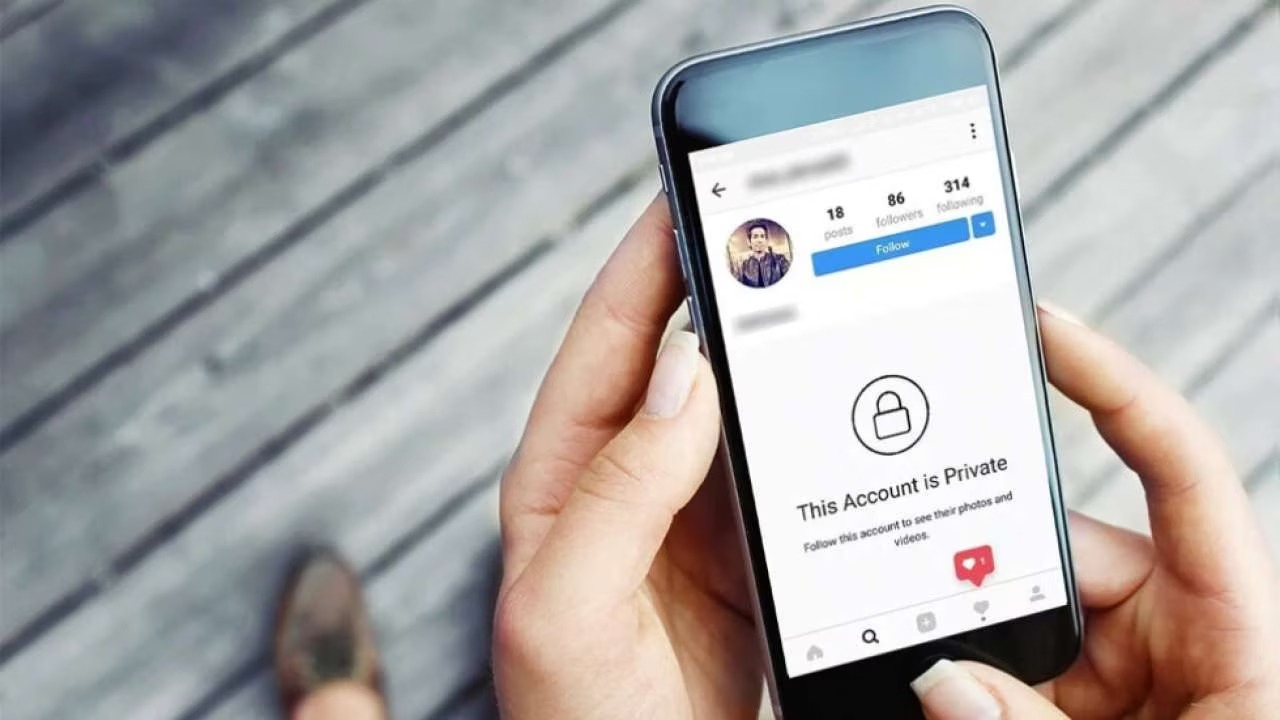In today’s digital age, social media platforms have become integral to how people communicate, share experiences, and express themselves. Among these platforms, Instagram stands out as a visual-centric medium where users showcase their lives through photos and videos. However, beyond its surface appeal as a tool for creativity and connection lies an intricate web of social dynamics tied to the platform’s engagement metrics—particularly “likes.” The number of likes on an Instagram post has evolved into a symbol of social status and influence in the online world.
The power of Instagram likes stems from their ability to quantify approval. Each like represents validation from others, reinforcing feelings of acceptance and self-worth. For many users, receiving a significant number of likes is not just gratifying but also indicative of popularity or relevance within their social circles. This phenomenon has led individuals to curate their posts meticulously—choosing the perfect image filters, captions, hashtags, and even posting times—to maximize engagement.
For influencers and content creators who rely what are featured viewers on facebook Instagram for income or brand partnerships, likes carry even greater weight. They serve as tangible proof of audience interaction and reach. Brands often evaluate potential collaborations based on metrics like followers and average engagement rates (which include likes). As such, accumulating high numbers can open doors to lucrative opportunities while simultaneously elevating one’s perceived status in both online communities and professional spaces.
However, this emphasis on likes has its downsides. The pursuit of validation through virtual applause can foster unhealthy comparisons between users. People may feel inadequate if their posts do not garner as many likes as those they admire or compete with online. Moreover, the pressure to maintain an idealized version of oneself can lead some individuals toward inauthentic behavior—such as editing images excessively or purchasing fake followers and engagement.
Recognizing these issues, Instagram experimented with hiding public like counts in certain regions over recent years. While this move aimed to reduce competitive pressures among users by shifting focus away from external validation toward content quality itself—it sparked mixed reactions within the community.







